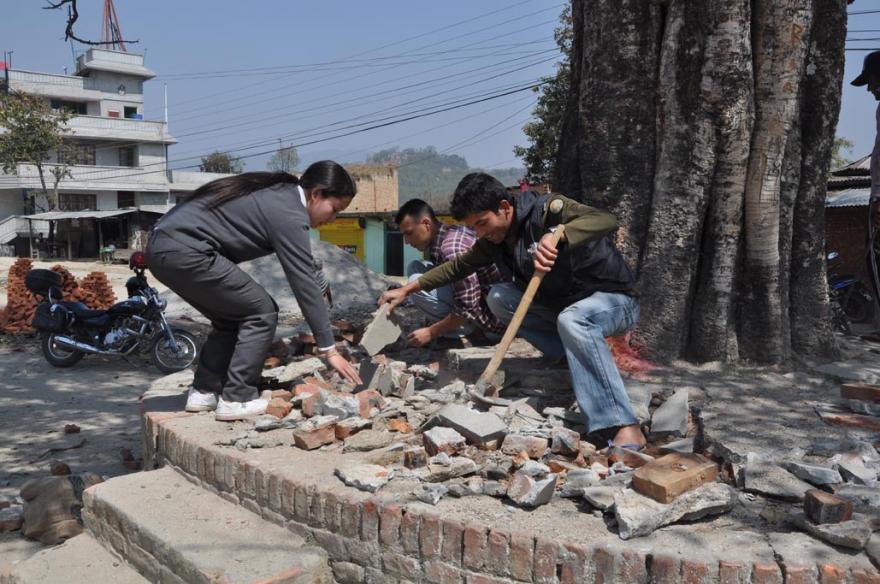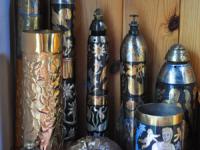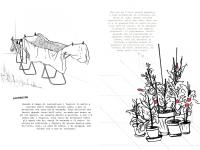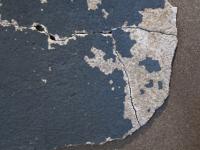Chutara

Chutara
in collaboration with Ball State University, Nepal Engineering College and Duwakot inhabitants, Kathmandu
various materials 2011
This project is part of the workshop ‘Building to learn’, Building intended as a theoretical learning process, where the final result does not matter as long as the building process reflects the local relationships through the moda- lities of communication, abilites and strategies that cannot emerge without the imput of locals.The area that we fo- cused on, thanks to local input was a Chutara in the villa- ge of Duwakot, close to the Universities.This village takes shape around a big square that was formerly a central community green area with a holy tree at its center. More recently, it has been transformed into a grassless sandy area thanks to the continuous passage of buses on route to Kathmandu and the outer periphery of the Kathmandu Valley, where Duwakot is located.The result is that space is no longer clearly defined and no longer used by the lo- cals as a community green area. In particular, the tree was surrounded by a four foot high circular brick and mortar
platform that was covered with a surface of a plaster that encompased the radius of the tree. Called Chu- tara, the holy tree was not any longer a place to pray, to sit, to chat and to play. as it was before.
I decided to talk to the community in order to di- scuss small changes that could be implemented. After starting the process, many people joined in to help clean up debris, breaking up old damaged parts and rebuilding new bricks.We also decided to put a limit on the surface of plaster allowing a separation betwe- en the new brick sitting layer around the periphery of the Chutara and a green grassy area inside the sitting layer. We worked togheter in making decisions but what was important to me was that they were firmly aware of their needs and in the middle of the process they were able to make their own steps to continue a process that we had merely started.








